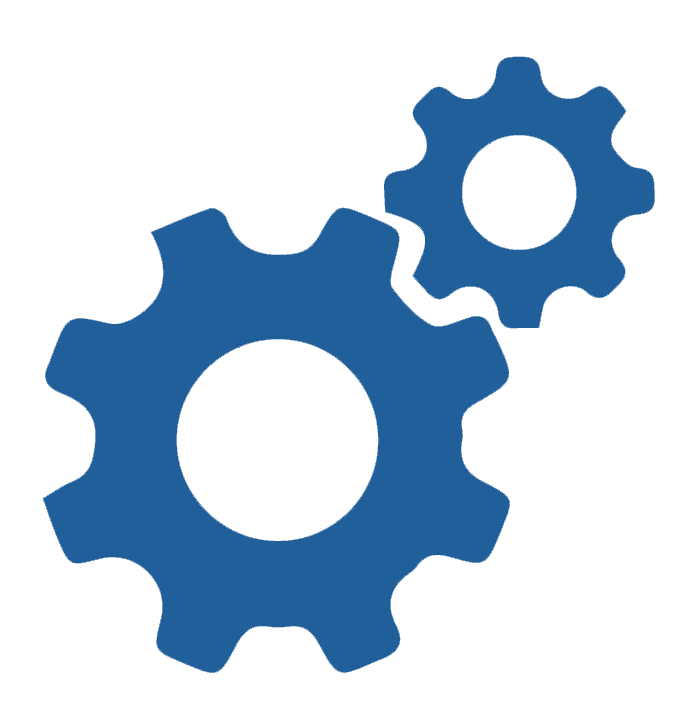Mood disorders are typically classified as “psychiatric”, a term used when a disorder primarily affects emotions or cognitive content (thinking). However, these disorders are secondary to changes in the function of the brain, and thus are a subset of neurological disorders. In fact, the same medications used to treat mood disorders overlap greatly with those used to treat other conditions generally thought of as “neurological”, including migraine, epilepsy, and peripheral neuropathy. Mood disorders are functional, and often classified among the functional disorders. The term “functional” refers to the source of disease being the abnormal function of cells, tissues, and organs, and not an abnormal structure. If mood is affected because there is a physical abnormality of the brain, this is a structural problem. Examples include brain damage due to stroke, infection, or neurodegeneration. However, if cognitive abilities are delayed because the nerve cells are not signaling normally, this is a functional problem. Examples can include major depressive disorder, bipolar disorder, and generalized anxiety disorder.
 Mood disorders have high degrees of co-morbidity (overlap), in that it is common for an individual to be affected with more than one of these conditions. Mood disorders also have a substantial genetic component, in that close relatives are at substantially higher risk for having one or more of these conditions. It is not uncommon for families to have several affected members suffering from different, and often multiple, mood disorders. In particular, anxiety and depression are very frequently present in the same person at the same time.
Mood disorders have high degrees of co-morbidity (overlap), in that it is common for an individual to be affected with more than one of these conditions. Mood disorders also have a substantial genetic component, in that close relatives are at substantially higher risk for having one or more of these conditions. It is not uncommon for families to have several affected members suffering from different, and often multiple, mood disorders. In particular, anxiety and depression are very frequently present in the same person at the same time.
Mood disorders are very common and one of the most frequent causes of disability in people throughout the USA and world. These disorders can also be fatal, by increasing the risk of suicide and reckless behaviors.
Nerve cells (neurons) are electrical and have very high energy requirements. Thus, energy metabolism is extremely important for proper emotional function. The vast majority of the energy used by all cells is produced by its mitochondria. In recent decades, mitochondrial dysfunction has been identified as an important component in the cause of mood disorders. In particular, depression and bipolar disorder each have multiple studies revealing an association with abnormal energy metabolism (mitochondrial dysfunction), although some evidence exists for such a connection of mitochondria with multiple other mood disorders as well. There are other aspects of cellular function also associated with mood disorders, including ion channels, neurotransmission, and inflammation. However, energy metabolism appears to be common, important, and treatable in many sufferers.
Dr. Boles, one of the founders of NeuroNeeds® and the main developer of its products, has been treating mood disorders for over 20 years with nutrients aimed at optimizing mitochondrial energy metabolism. These nutrients are often referred to as the “mitochondrial cocktail” and include vitamins (e.g. several B vitamins, C, D, E), minerals (e.g. magnesium, zinc, selenium), antioxidants (e.g. coenzyme Q10, alpha lipoic acid), and other compounds (e.g. carnitine, creatine, arginine). While this treatment is generally successful, oftentimes greatly so, it was very difficult as multiple nutrients are critical for mitochondrial function. Additionally, most over-the-counter products are of insufficient dosage or bioavailability for several of these nutrients in order to significantly affect mitochondrial function. NeuroNeeds® has made mitochondrial therapy easy, with the addition of SpectrumNeeds® (33 active ingredients in a powder form), EnergyNeeds® (40 active ingredients in a capsule form), and QNeeds® (gel capsules containing a very-highly bioavailable form of coenzyme Q10).
There are multiple parallels between the mood, functional, and neurodevelopmental disorders. These concepts overlap greatly in that people are likely to have conditions listed in two or all three of these categories, as well as to have relatives with conditions in different categories. All three categories have several genetic risks factors in common, and oftentimes have underlying mitochondrial dysfunction. For example, depression, chronic fatigue, and ADHD can appear together, and all three might respond favorably to mitochondrial cocktail.



